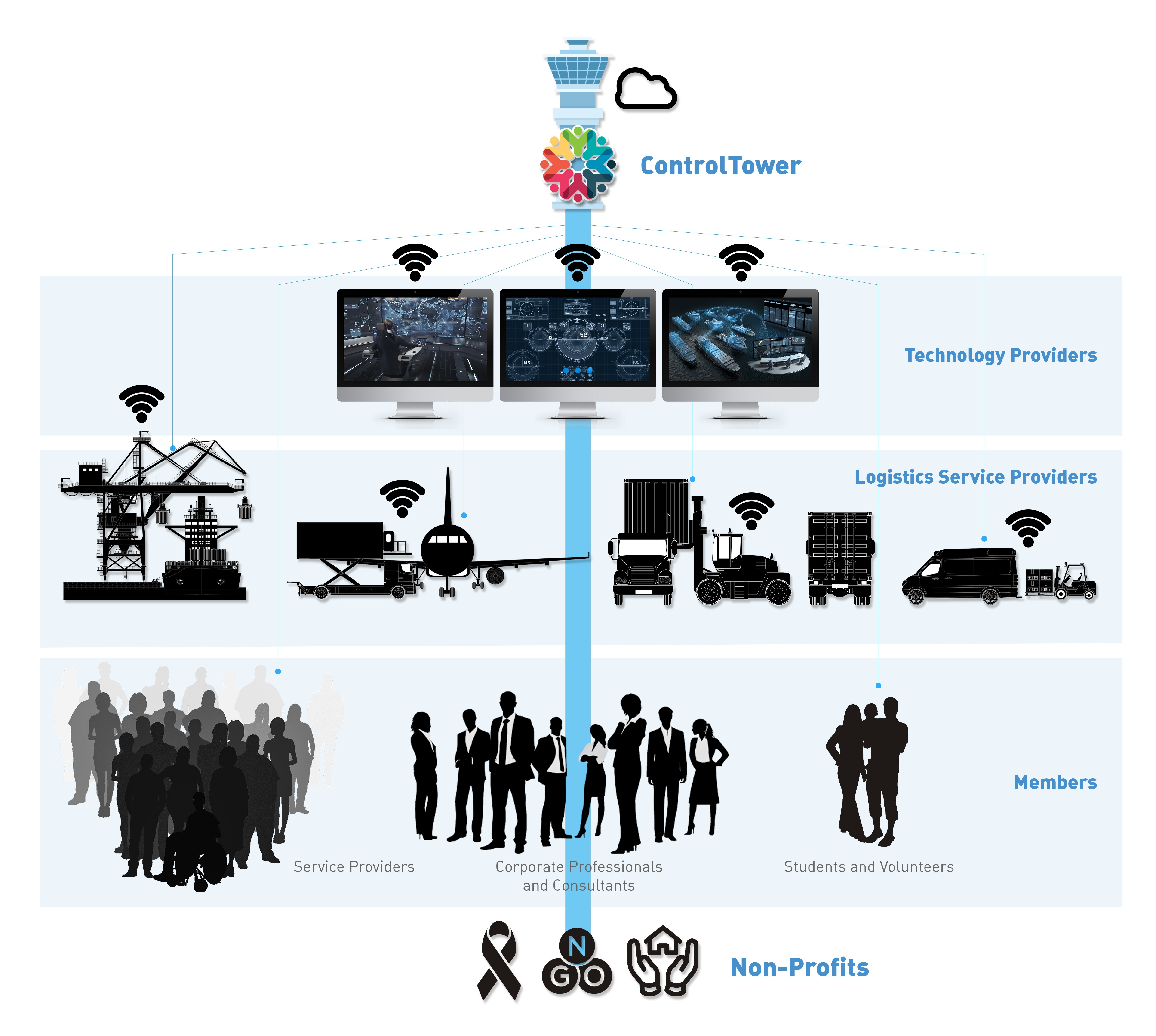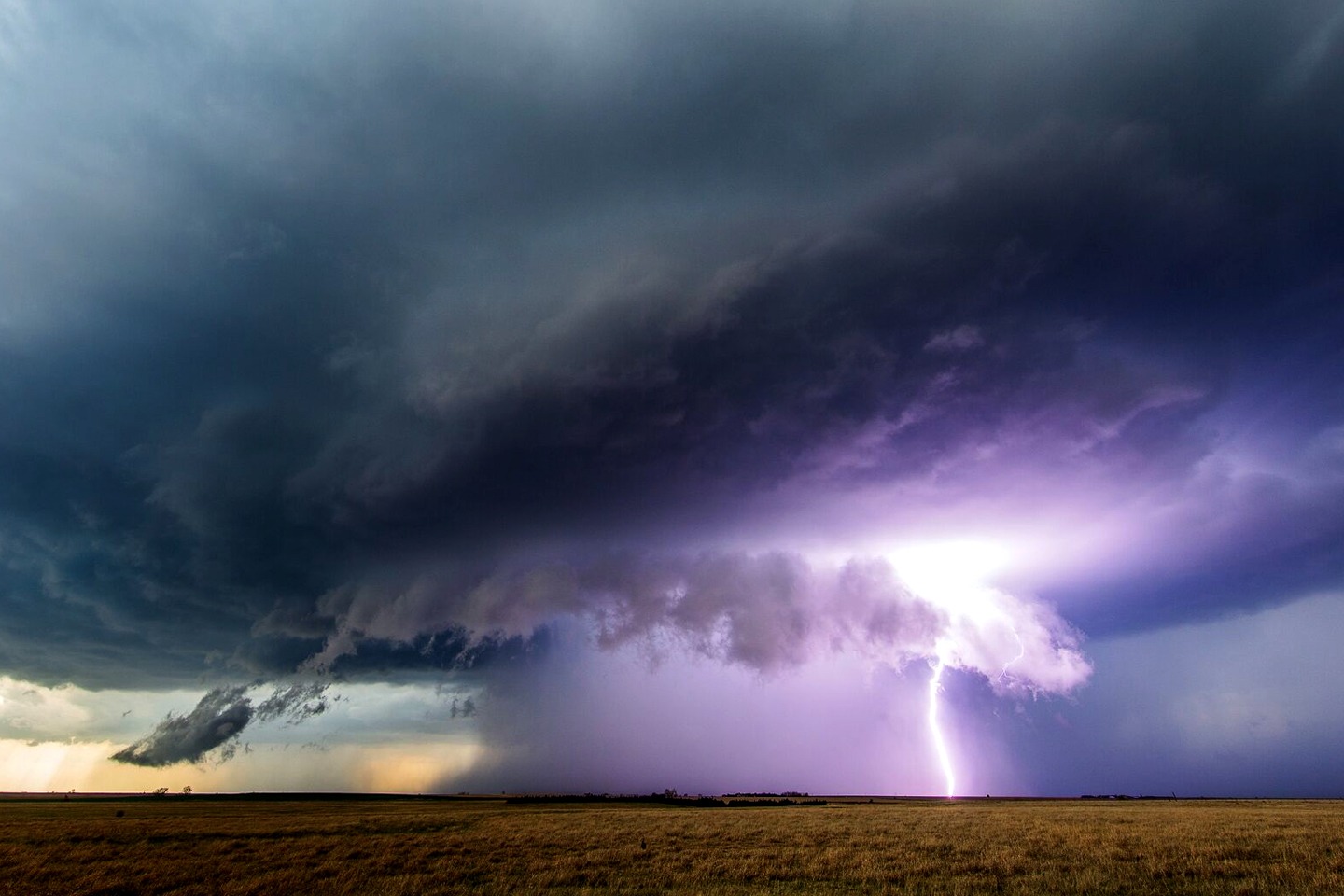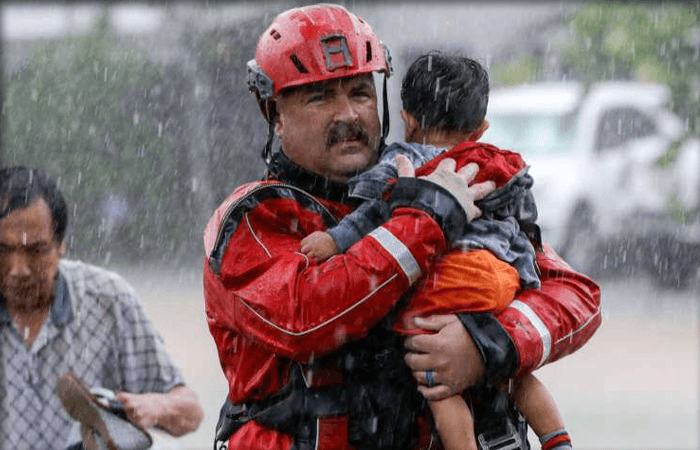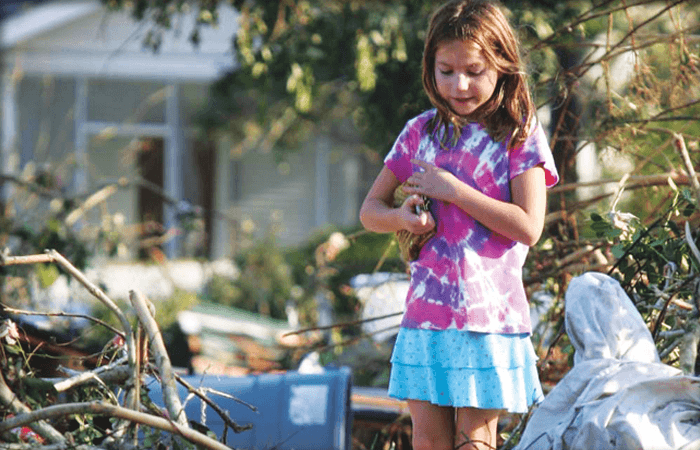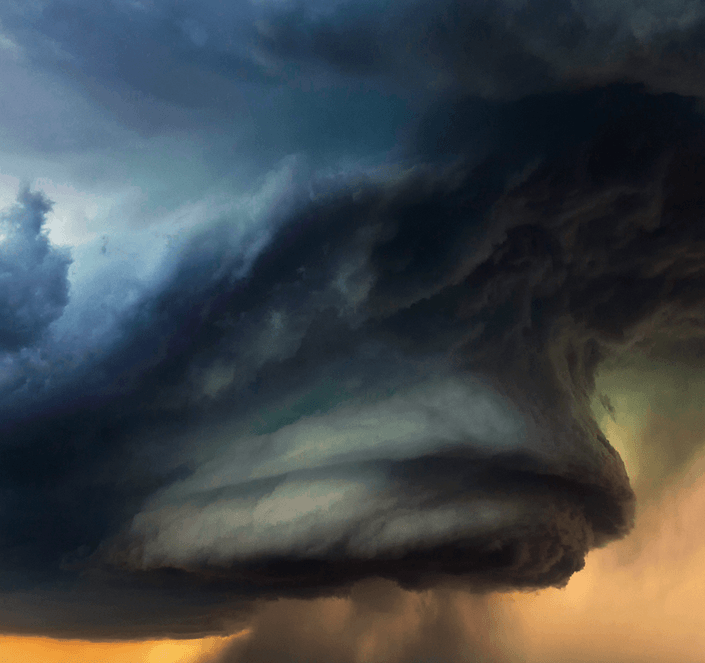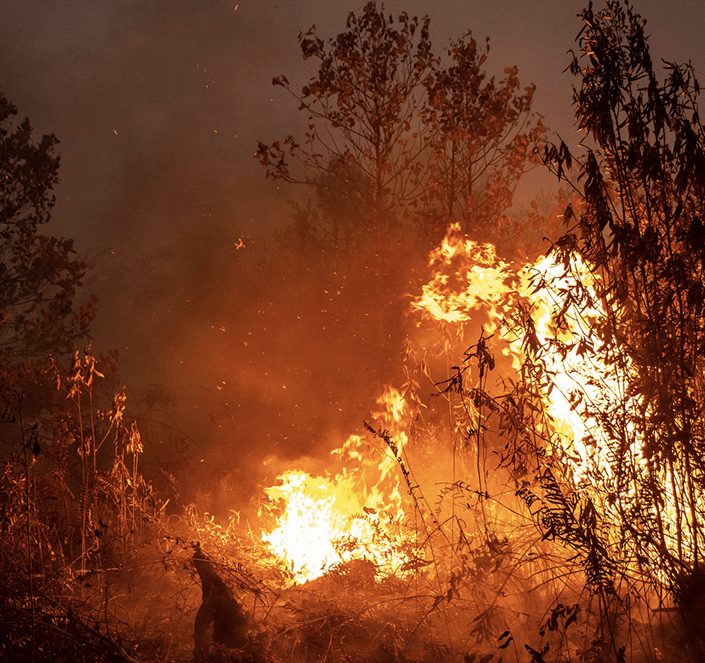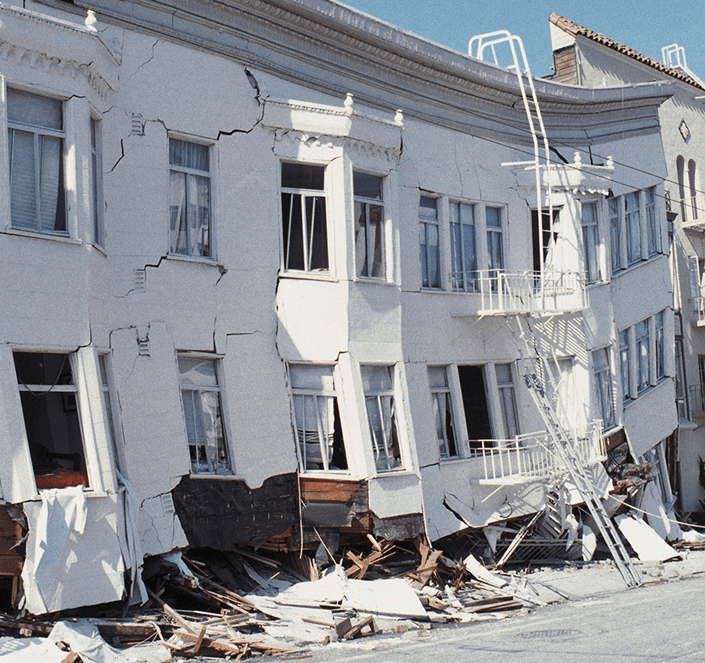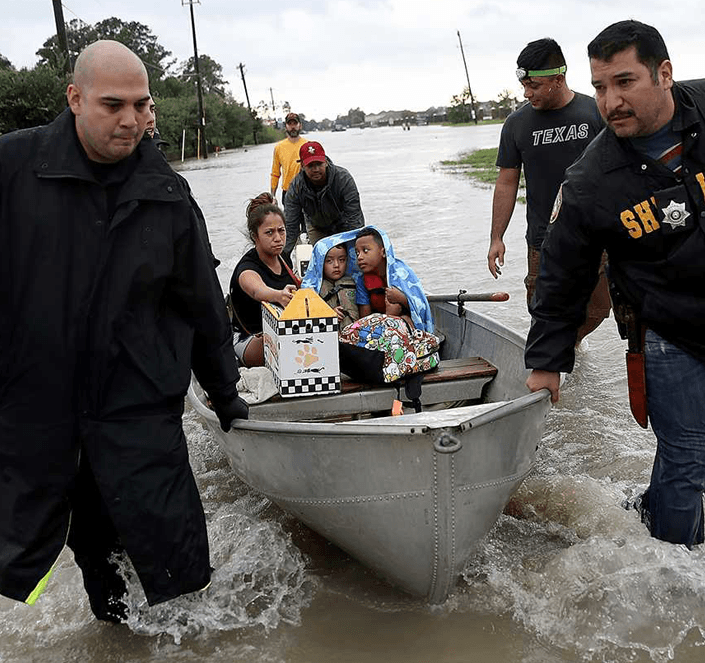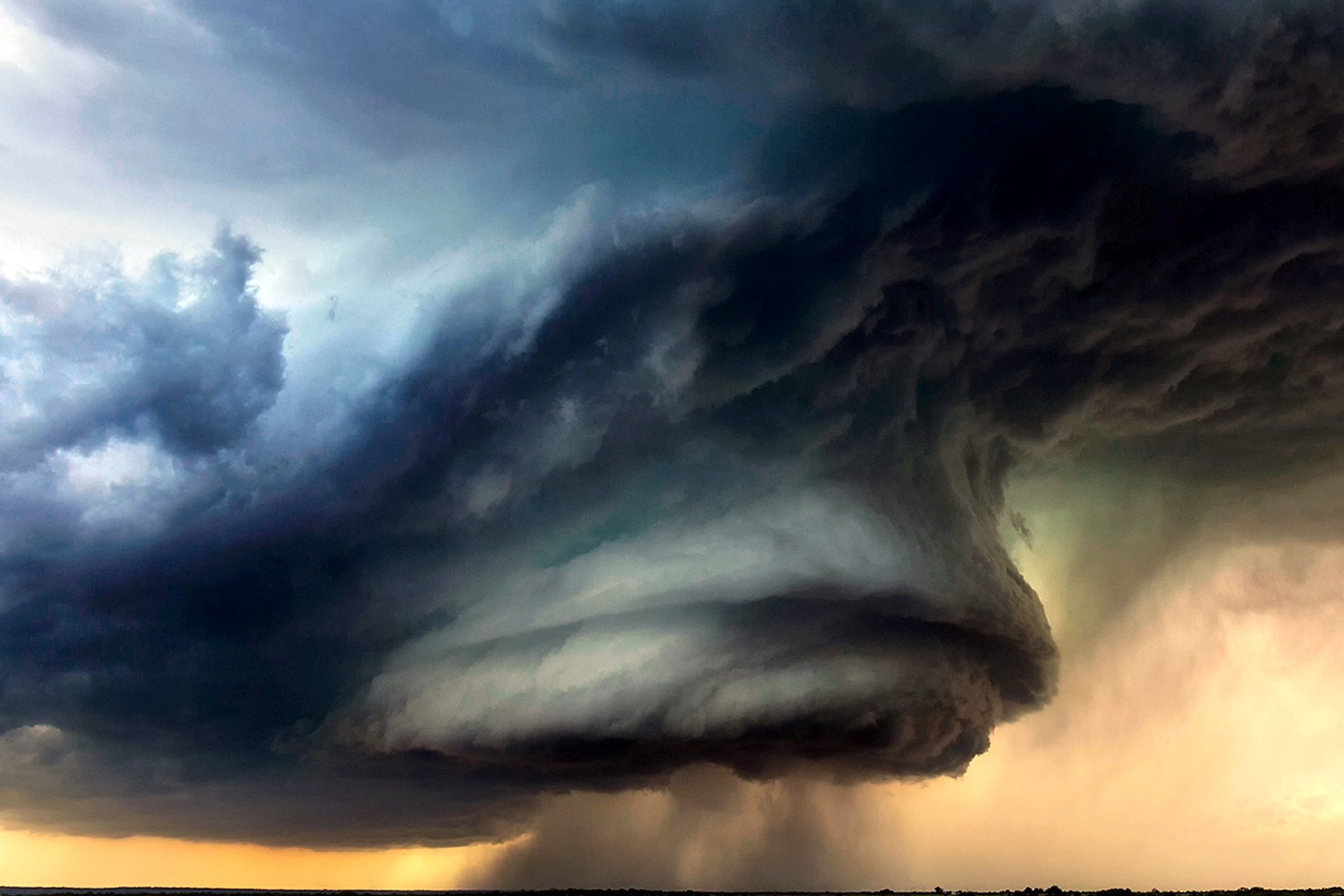- Coping with Disaster
- The emotional toll that disaster brings can sometimes be even more devastating than the financial strains of damage and loss of home, business, or personal property.
- Everyone who sees or experiences a disaster is affected by it in some way.
- It is normal to feel anxious about your own safety and that of your family and close friends
- Profound sadness, grief, and anger are normal reactions to an abnormal event
- Acknowledging your feelings helps you recover.
- Focusing on your strengths and abilities helps you heal.
- Accepting help from community programs and resources is healthy.
- Everyone has different needs and different ways of coping.
- It is common to want to strike back at people who have caused great pain.
- The emotional toll that disaster brings can sometimes be even more devastating than the financial strains of damage and loss of home, business, or personal property.
Disasters do create extensive damage. It does something far worse. It brings chaos to everything.
- Safety will be the primary issue when recovering from a disaster.
- Recovering from disaster is usually a gradual process. Safety is a primary issue, as are mental and physical well-being. If assistance is available, knowing how to access it makes the process faster and less stressful. Your first concern after a disaster is your family’s health and safety. You need to consider possible safety issues and monitor family health and well-being.
- Throughout the recovery period, it is important to monitor local radio or television reports and other media sources for information about where to get emergency housing, food, first aid, clothing, and financial assistance.
- Returning home can be both physically and mentally challenging. Remember to use caution when entering your home.
- Use personal protective equipment when cleaning up debris. If possible, wear gloves, sturdy shoes, a hard hat, and a dust mask. Beware of electrical wires and hidden obstacles. Keep your daily routine as normal as possible. Your children need to see that you are calm and hopeful. Do school lessons, play, and worship as a family. Do not dwell on news coverage of the tragedy, and do not take out your anxiety or frustration on family members. Accept help, help from others and the community.
- Acknowledge that disasters cause loss. Government and other relief efforts focus on helping people to survive, not on replacing everything that was lost. To survive, we need clean water, food, clothing, and shelter from the weather.
Recovery after a disaster or emergency
- Connect Your family, friends, and community may have activities that bring you together to share memories
- Find ways to help others when you can and accept help from others when you need it. Connecting with others helps build hope and reminds you that you’re not alone.
- Accept what’s changed
- Making sense and meaning out of a disaster can be hard. In the first year after a disaster, it’s common for certain events (e.g., birthdays, holidays, change of season) to remind you what’s changed or what you’ve lost. Part of recovery and healing is to recognize these times and to know it’s okay to grieve
- Look for the positive
- After a disaster or emergency, it can be hard to see things in a positive light. Making time for activities that you enjoy is important. Socialize or take part in spiritual activities, hobbies, or spend time in nature. Positive experiences can help you recover. When you feel positive emotions like appreciation or gratitude, your body produces chemicals and hormones that are good for you. This can help keep you physically and emotionally healthy.
- Manage stress
- Some stress is expected after a disaster. Creating a routine that includes healthy activities you did before the event is a needed step to recover. Build in stress-reducing activities like walking or yoga. Physical activity can help reduce tension and help your body produce chemicals and hormones that help you cope better.
The unexpected seems to always raise at the worst unimaginable time.
-
After the storms
-
Acquiring Reliable Information
- Social media isn’t the only way to get information.
- Those things might not work in an environment where there isn’t power and/or working communication lines. Then a person has to switch gears. Other open-source material becomes valuable.
- Modern technology has allowed people to acquire a new capacity. Things such as drones are now readily available. These things can give you an instant visual of impact sights. TV stations across the country now use them to gather photographic information about events.
- Social media isn’t the only way to get information.
-
Beyond the Chaos
- Direct assistance to individuals and families may come from any number of organizations.
- There are numerous government programs that can assist business leaders make a preparedness plan to get ready for these hazards.
- In the most severe disasters, the federal government is also called in to help individuals and families with temporary housing, counseling (for post-disaster trauma), low-interest loans and grants, and other assistance. The federal government also has programs that help small businesses and farmers.
- Children and older adults are of special concern in the aftermath of disasters. Even individuals who experience a disaster “second hand” through exposure to extensive media coverage can be affected.
- FEMA and state and local governments of the affected area may provide crisis counseling assistance.
- There are numerous government programs that can assist business leaders make a preparedness plan to get ready for these hazards.
- Direct assistance to individuals and families may come from any number of organizations.
-
Helping Others
- Following a disaster in the community, it may be in your best interest to communicate with all your family members. Contact information, typically compiled in ypur mobile device, includes home addresses and telephone numbers. Consider asking for additional information including home email addresses and cellular telephone numbers (for text messaging/SMS). Also, request the name and contact information of a family member or friend who can be reached in an emergency.
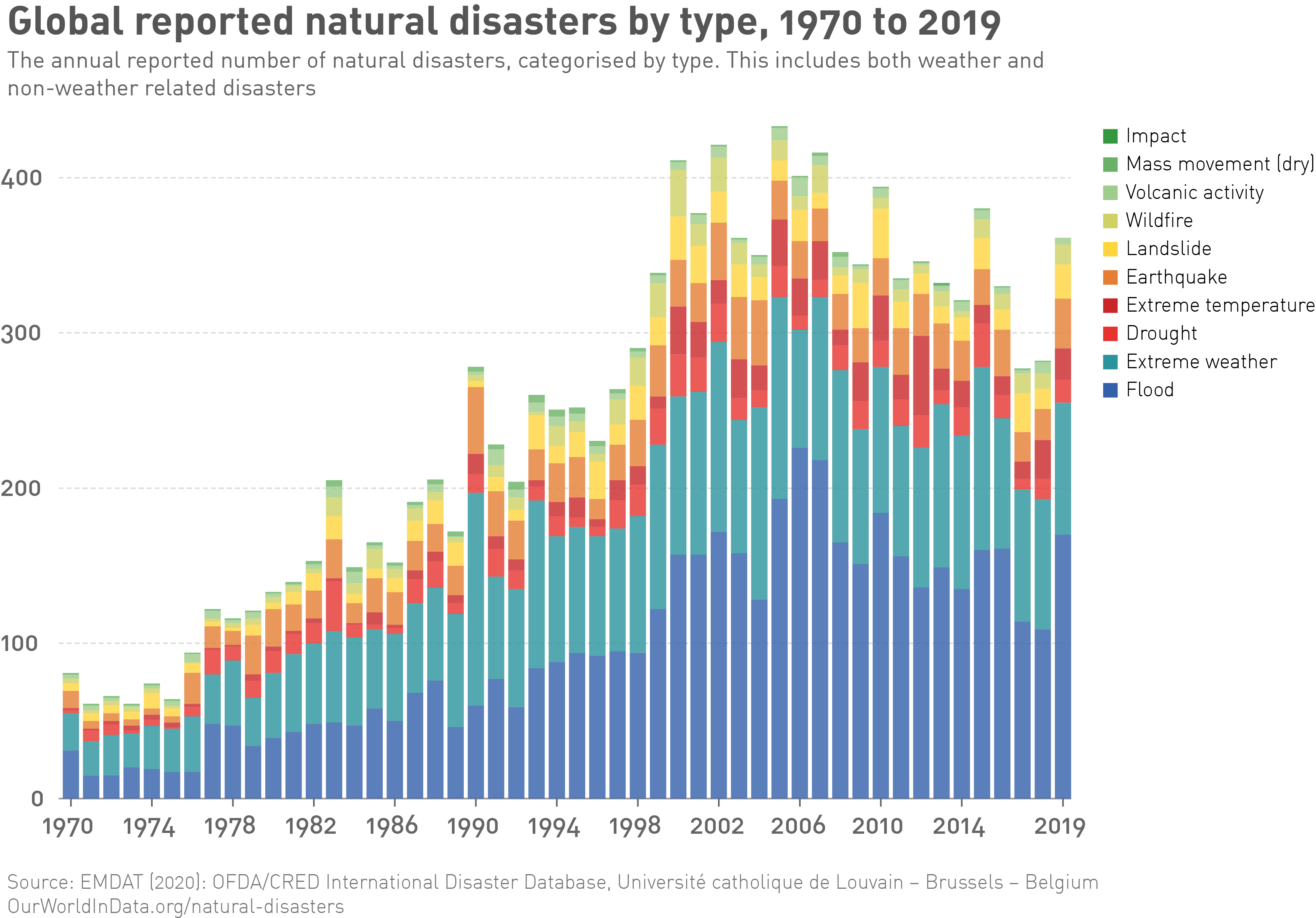
The data presented here includes all categories classified as "natural disasters" (distinguished from technological disasters, such as oil spills and industrial accidents). This includes those from drought, floods, extreme weather, extreme temperature, landslides, dry mass movements, wildfires, volcanic activity and earthquakes.
